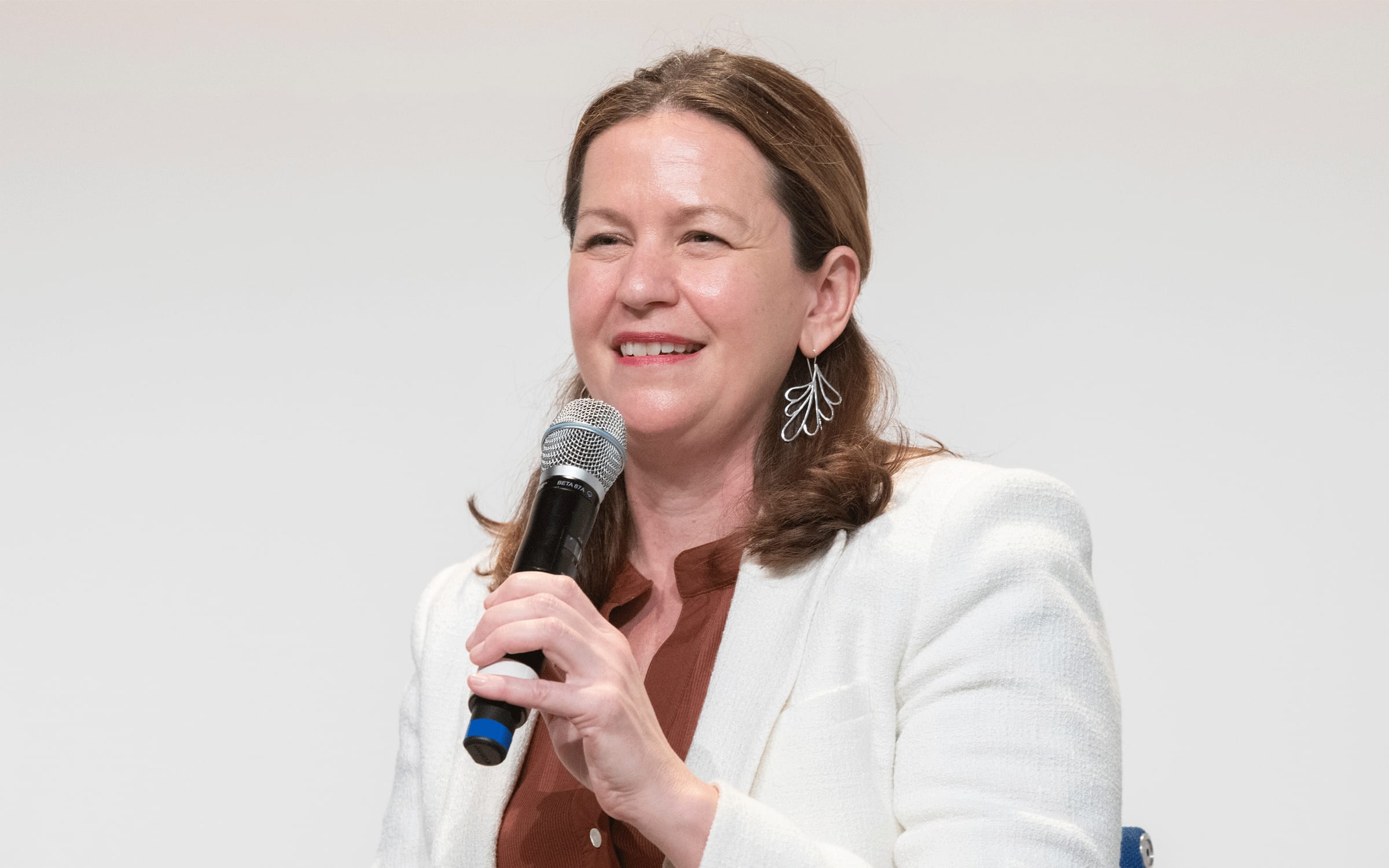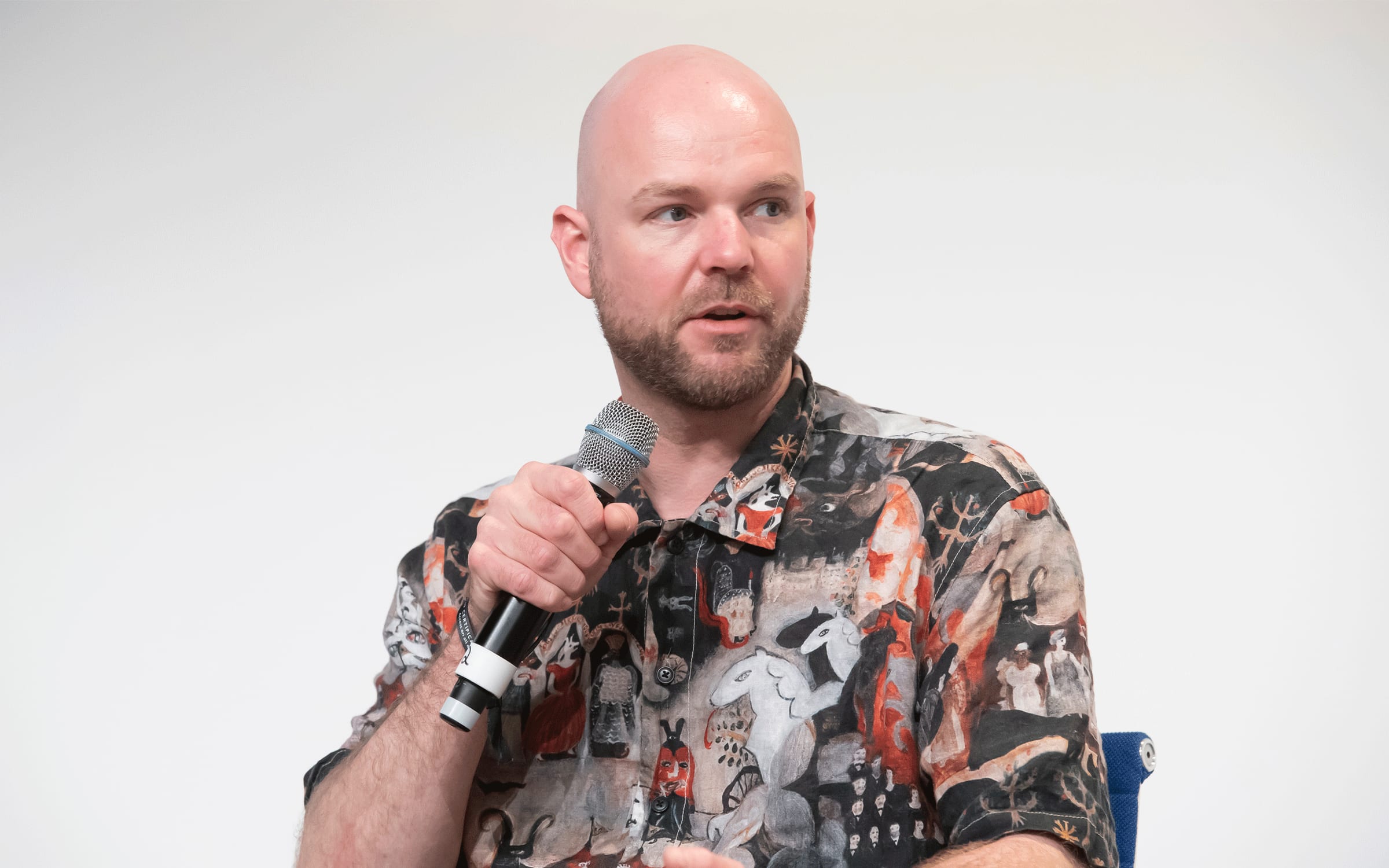When NFTs exploded into the public consciousness with Christie’s March 2021 sale of Everydays: the First 5000 Days (2021) by Mike Winkelmann, aka Beeple, for a stunning USD 69.3 million, boosters promised a new future for art that would be made possible by the emergent technology.
Collectible NFTs rocketed to the top of the market. In October 2021, Sotheby’s sold Bored Ape Yacht Club #8817 (2021), a digital image of a primate with golden fur and a spinner hat, for USD 3.4 million. In January 2022, the trading volume for NFTs on the popular OpenSea platform was USD 4.8 billion.
By summer 2022, though, the cryptocurrency craze had waned such that some market watchers said that we had entered a ‘crypto winter.’ And with the November collapse of FTX, one of the world’s largest cryptocurrency exchanges, the rhetoric has turned to ‘a crypto ice age.’ Bitcoin tumbled in value to USD 16,500, from an all-time high a year ago of around USD 69,000. The market for collectibles has similarly plummeted.
But crypto winter (or ice age, whichever it turns out to be) hasn’t cooled collectors’ appetite for digital artworks, according to A Survey of Global Collecting in 2022, co-published by Art Basel and UBS, prepared by Dr. Clare McAndrew, Founder of Arts Economics.
On the contrary, in the first half of 2022, the high-net-worth collectors surveyed spent an average of USD 46,000 on art-based NFTs; more than they had spent in all of 2021 (USD 44,000) and 2020 (USD 35,000). A robust 17% of their spending was on digital art, including 10% linked to an NFT.
When the craze hit, some galleries were prepared.
Founded in 2003, Upstream Gallery (Amsterdam) has long been focused on digital art in mediums including websites and software, by artists such as JODI (Joan Heemskerk and Dirk Paesmans), Constant Dullaart, and Harm van den Dorpel. Founder Nieck de Bruijn had been discussing NFTs with Dullaart and van den Dorpel since as early as 2016, but for his collectors – and even for him, he admits – ‘it was a bridge too far.’
Then the Beeple sale happened.
‘With the knowledge we already had, we were able to react,’ he said, but even so, he waited a few months. ‘It didn’t feel right to jump in.’
In July 2021, Upstream presented 64 of van den Dorpel’s ‘Mutant Garden’ works, the rest of which were available on the NFT platform Folia.
‘We built an event around it, with a crypto lounge in the gallery,’ said de Bruijn. ‘Harm and I were there to help collectors create a wallet and to educate them on how they can collect and show the works. Some of them called their kids and said, “Guess what daddy bought!” They felt very cool.’
All were sold, for a few hundred euros each, he said, adding that the works have been very successful on the secondary market. Upstream has presented several more NFT projects; the gallery allowed collectors to buy in euros at first but has since begun to charge in cryptocurrency.
For de Bruijn, one positive outcome of the NFT craze has been an increase in attention to digital art in general.
‘We’ve experienced a rapidly developing market,’ he said. ‘Collectors but also museums started to buy digital artworks because they started to realize that this movement is one of the most important in recent art history. In this light it also amazes me that you hardly see these developments in the presentations at Art Basel.’
Galerie Nagel Draxler (Berlin, Cologne, Munich) presented NFTs at its Art Basel stands in Switzerland and in Miami Beach in 2021. It has also devoted a Berlin space to a ‘Crypto Kiosk’, and invited dealer/collector/artist/critic Kenny Schachter to curate the 2021 show ‘Breadcrumbs: Art in the Age of NFTism,’ which included artists such as Kevin Abosch, Sarah Friend, Rhea Myers, and Anna Ridler.
‘Still, 98% of our business is in the non-digital market,’ said Saskia Draxler. ‘We have been in business since 1990. We are not a revolutionary young gallery that jumped on NFTs, and the artists we show are not uncritical of Web3. They are asking questions like, “What is our reality? What are the conditions we live in? What influences political and social structures?” The digital world has a big part in this now.’
For example, Draxler explains, as a comment on NFT speculating, Sarah Friend created a group of NFT works called ‘Lifeforms’; each piece ‘dies’ if the owner doesn’t give it away within 90 days. Upcoming Crypto Kiosk shows will feature Friend as well as Rhea Myers and Anna Ridler, not only because they are great artists, says Draxler, but also because more attention should be paid to women in the NFT space. ‘Our collectors mainly collect non-digital art,’ she said, ‘but since we’ve been active in the space for two years, they’re looking at it, and collectors in the digital world are looking at us.’ The dealer is not all that surprised that Art Basel’s latest report indicates a growing spend on NFTs. ‘There’s a learning curve, and then it can become addictive,’ she said. ‘It’s still a growing phenomenon. And it’s on a totally different timeline from whether cryptocurrency is going up or down.’

Both de Bruijn and Draxler say that for the most part, their collectors are holding rather than trading NFTs. ‘If you want to speculate, it’s as time consuming as day trading,’ said Draxler. But, she acknowledges, with paintings as with digital works, ‘the secondary market is important. All the big, blue-chip [traditional] works, they don’t reach the top unless they’ve sold two or three times. And with NFTs, it’s all part of the artwork.’
De Bruijn, like Draxler, said that the cryptocurrency crash has had no effect on his clients’ collecting. ‘They are real collectors,’ he said, ‘they are not in it for the trades.’ All the same, he says, some of his artists have profited handsomely when their works have been resold.
German collector Peter Niemann (founder of Athens exhibition space Haus N), who has bought works from Nagel Draxler, has a fairly playful attitude toward his own NFT collecting, and cryptocurrency in general. ‘I am mining Bitcoins,’ he said, ‘not so much to make money but to understand how it works, and for some fun, and to be able to pretend I know what’s going on.’
‘The NFT hype has given people access to art, which is still a closed shop,’ he said. ‘A lot of art is being created, and those who like digital things might find a needle in this endless heap of straw.’ Niemann certainly has, collecting about 10 NFTs by artists including Banz & Bowinkel, Jon Burgerman, and Manuel Rossner – and some others, though he’s not certain which digital wallet they’re stored in.
For him, it started during COVID-19 lockdowns, when he was at home listening to the Clubhouse app, where seemingly every discussion focused on the new phenomenon. But even as those days seem long in the past, he hasn’t sold any of his NFTs, just as he says he has barely sold works in other mediums.
Tristan Spits, CEO of Amsterdam’s Oedipus Brewing and a patron of Upstream, collects art, digital and otherwise, by artists including Harm van den Dorpel, Tabor Robak, and Jan Robert Leegte.
Spits was collecting digital art well before NFTs.
‘As a collector, I felt like a pioneer buying a website from Rafaël Rozendaal,’ he said. ‘It came with a contract that stipulated that I keep it public forever. It raises the question: Why do I collect? To show my friends I am a great collector, or to support artists? That’s the most important thing about digital art: it’s radical in what it means for the collector.’
He is fascinated by how the accessibility of NFTs has changed collecting. ‘The whole NFT market kind of gamified art,’ he said. ‘There’s art made by serious artists that suddenly you can buy and sell at any moment.’
But he hasn’t sold anything – with one exception.
‘The first NFTs I bought were six works by Harm van den Dorpel for a few hundred euros each. I had given one to my life partner, and at some point, she got a ridiculous offer, and she said, “I’d rather do something with all this money.” So we sold it. We divided the funds and with that money I bought a painting by Harm,’ he said in a phone interview. ‘So, I used the crypto to buy a painting. I’m looking at it now.’
Spits displays some of his NFTs on TV screens among his other artworks, but he found that the procedure to get them up and running was not consumer friendly.

Hong Kong–based collector Jehan Chu aims to be part of the solution to that problem. He not only collects traditional art and NFTs, but also invests in two companies – Lago and Cast – that are developing technology to display NFTs to best advantage.
After starting out as an art collector, Chu developed Sotheby’s digital auction infrastructure before getting interested in Bitcoin in 2013 and building several important online communities devoted to the new technology. He’s co-founder and managing partner at Hong Kong’s Kenetic Capital, an early-stage Blockchain investment and trading firm. As an advisor, he works with artists, both digital and not, in hopes of bridging the two communities.
Not only does Chu’s collection include many of the most prominent digital artists, such as Refik Anadol, Beeple, Ash Thorp (who designed the latest Batmobile), and Andrés Reisinger; he also has major bragging rights in NFT auction history. He advised artist Ben Gentilli, who was creating a Bitcoin-themed artwork (under the pseudonym Robert Alice), to create an associated NFT. Block 21 (42.36433° N, -71.26189° E), from the series‘Portraits of a Mind,’ soared past its USD 18,000 high estimate to sell for USD 131,250 when it came to auction at Christie’s in October 2020 – five months before Beeple’s Everydays.
‘That was the first NFT sold by a major house and the highest price ever paid for an NFT, and I have no doubt that it greased the skids for the Beeple sale,’ says Chu. ‘The auction houses sat up and took notice.’
While Chu speaks with great enthusiasm for the new generation of digital artists, and proudly displays works by artists such as Beeple and Refik Anadol in his home, he actually considers a digital Andy Warhol piece to be the jewel in the crown of his collection. Warhol’s Untitled (Flower) was created on an Amiga computer in 1985, issued as an NFT by the artist’s foundation, and auctioned at Christie’s in May 2021 for USD 525,000. ‘I challenge anyone to find a more significant work, one that has an art-historical context and an NFT format,’ he says.
Noting the display of works such as Beeple’s Human One (2021) at institutions including Castelli di Rivoli and, upcoming, at Hong Kong’s M+, Chu says that curators and museums are beginning to catch up with a field that has been largely defined by market forces.
‘Curators, trustees, and boards are becoming more familiar and more acclimated to the space, and are more willing to support it,’ he says. ‘In addition, there are more collectors like me and Ryan Zurrer and Uli Sigg who believe in the future and the significance and criticality of the medium. I think we’re going to see more and more. It’s going to be a slow burn.’
Brian Boucher is a writer and art market commentator based in New York City.
Caption for full-bleed images:
1. Installation view of JODI’s artwork in Upstream Gallery’s booth at Art Basel Basel 2021.
2. Installation view of Galerie Nagel Draxler’s booth at Art Basel Basel 2021.
3. Installation view of JODI’s artwork in Upstream Gallery’s booth at Art Basel Basel 2021.
4. Installation view of Galerie Nagel Draxler’s booth at Art Basel Basel 2021.
5. ‘Navigating the NFT art market’ conversation at Art Basel Miami Beach 2022.